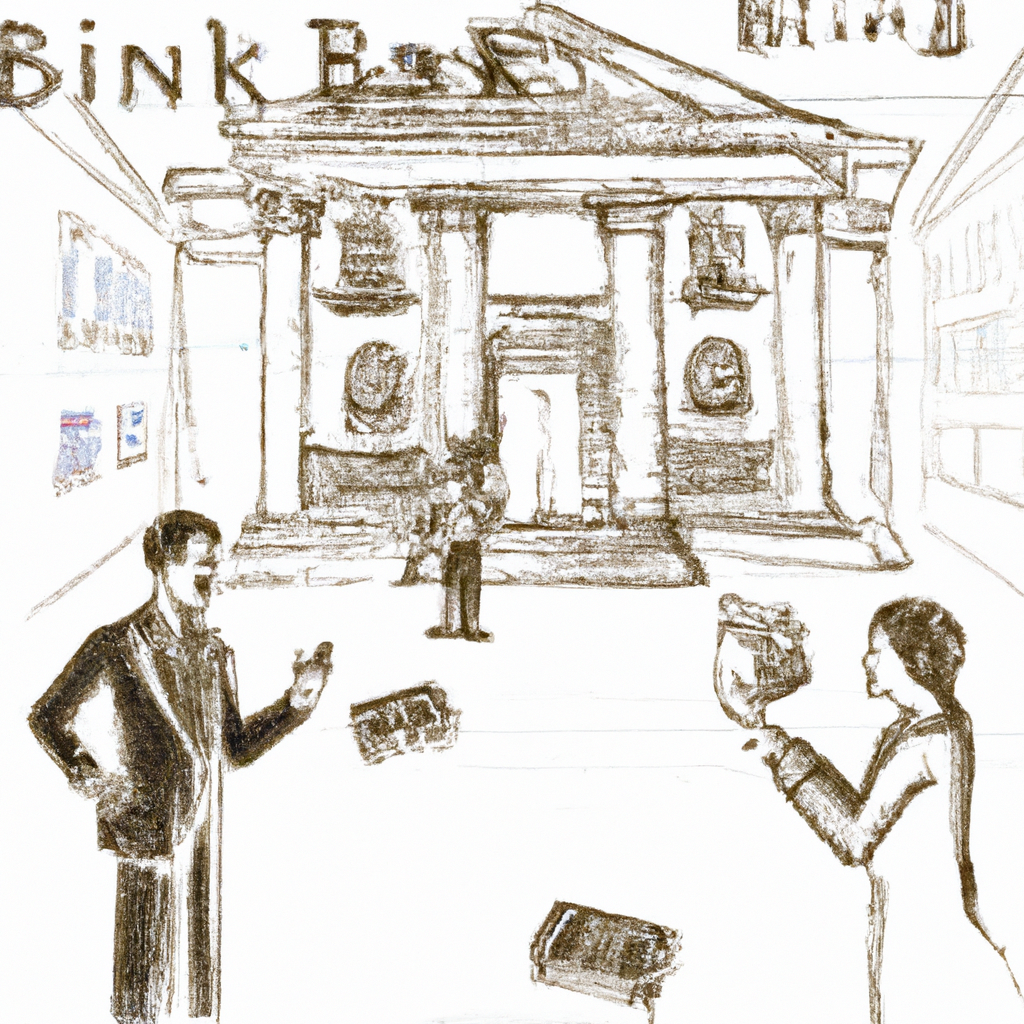Credit cards have been a part of our lives for decades, but how much do we really know about their history and significance? Credit cards were first introduced in the 1950s as a convenient way to make purchases without having to carry cash. Since then, they have become an integral part of our financial lives and are used by millions of people around the world.
The first credit card was issued by Diners Club in 1950. This card allowed customers to make purchases at participating restaurants and stores. Over time, other companies began to offer their own versions of credit cards with different benefits and features. By the late 1960s, banks started issuing credit cards that could be used anywhere that accepted them.
Credit cards revolutionized consumer spending habits by making it easier to purchase items without having to use cash or checks. With the introduction of credit cards, consumers were able to spend beyond their means with the promise of paying back later. This created a new form of debt that has become an important part of our economy today.
The importance of credit cards is evident in the number of people who use them on a daily basis. In addition to being convenient for making purchases, they also provide various rewards programs such as cash back and travel points. These rewards can help customers save money when making purchases or traveling abroad. Credit cards also offer protection from fraud and theft since most issuers provide zero liability policies for unauthorized charges made with stolen or lost cards.
Credit cards have come a long way since they were first introduced in 1950s. Today, they are an essential part of our financial lives and are used by millions around the world every day. They offer convenience, rewards, and protection from fraud—allowing us to make purchases without having to carry cash or checks while still enjoying the security of knowing that our finances are safe from theft or fraudulence.
